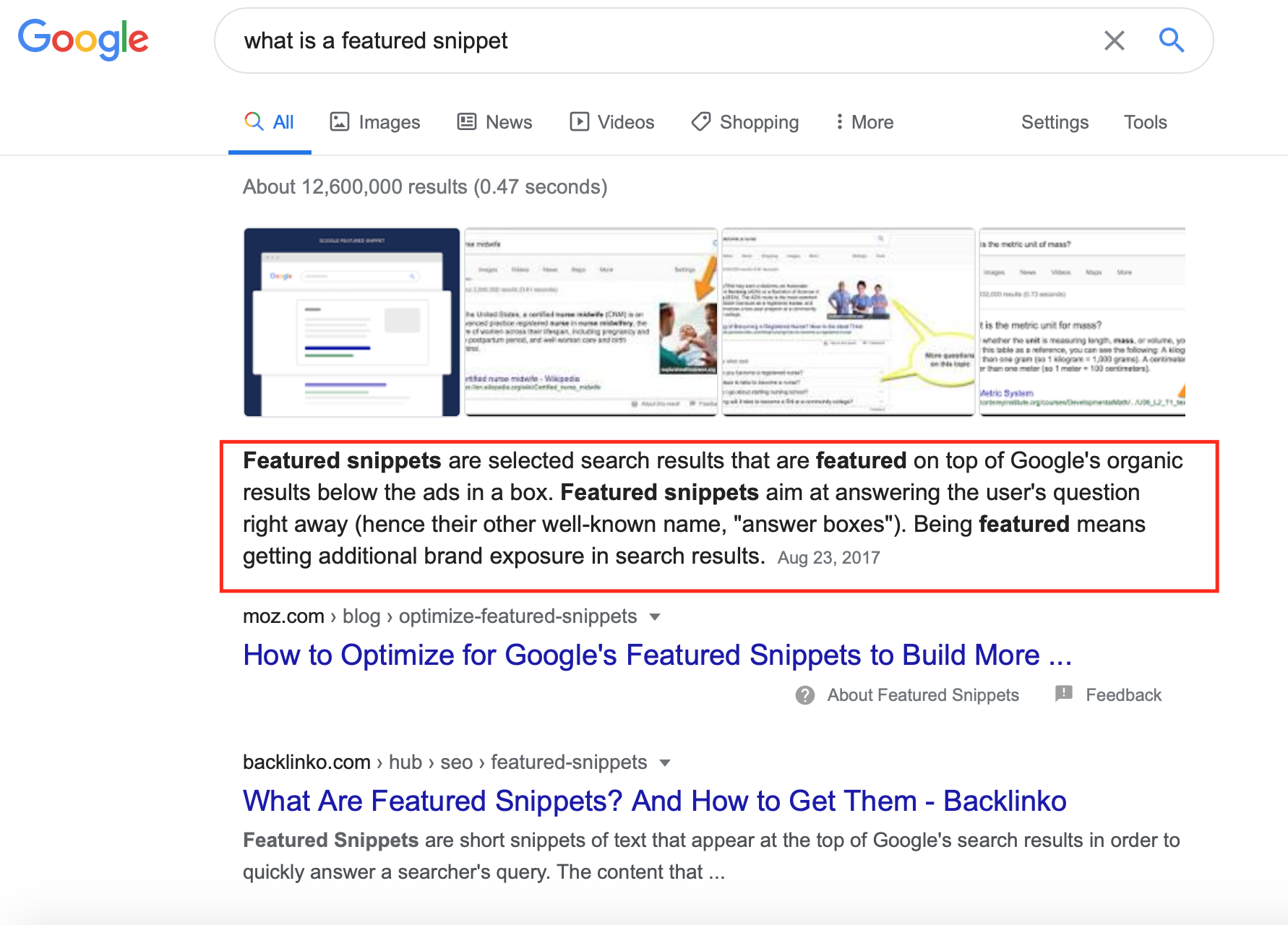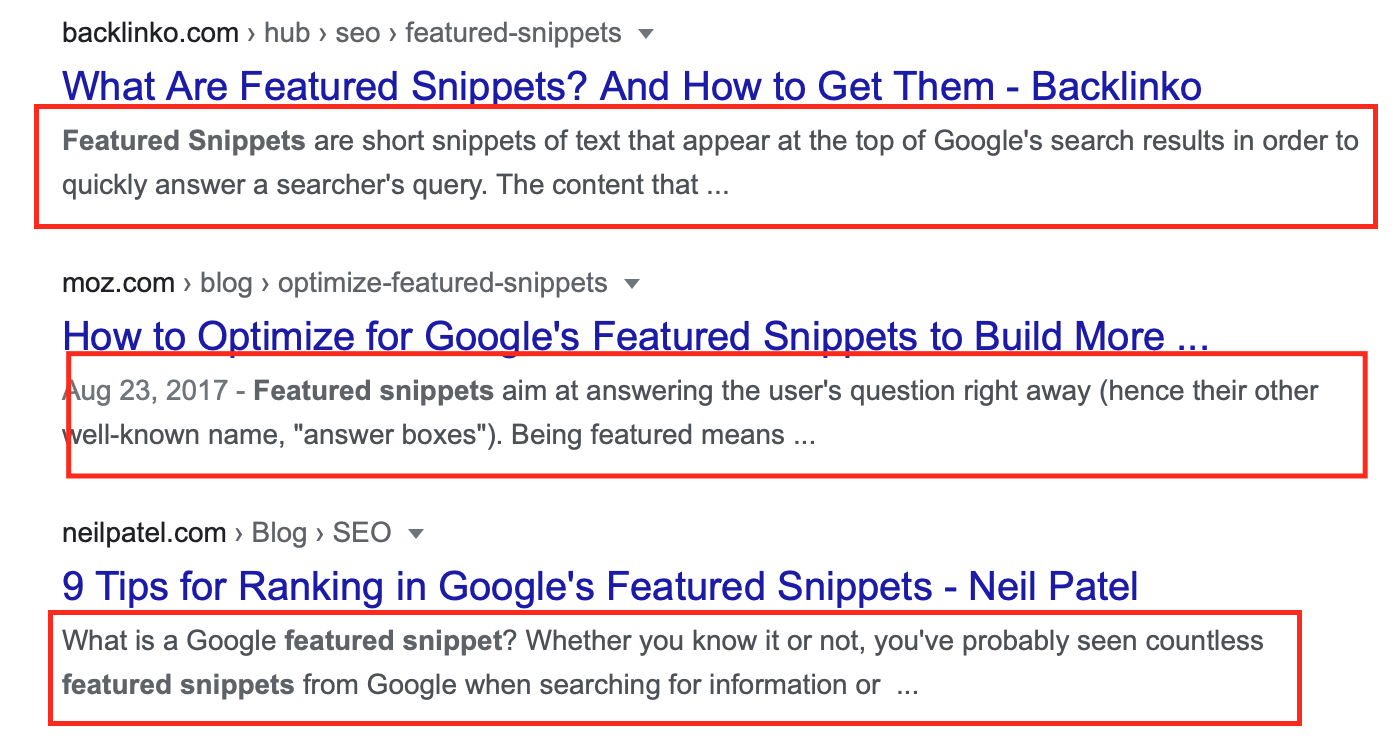Oh, Hello Branding Group
Blogging can be an important content marketing tool. According to HubSpot, marketers who consistently blog are 13 times more likely to get a positive ROI. In addition, marketers who blog consistently will acquire 126% more leads than those who do not.
Blogging can sometimes be a challenge though. It can be very time consuming to choose a topic, gather research, actually write the post, and edit it. After all the work you put into your blog post, it can be really disappointing if it doesn’t earn any traffic.
Fortunately, there is something you can do to earn more traffic: search engine optimization or SEO. SEO is a language that speaks to search engines like Google and tells it which websites deserve to be at the top of the search results page.
So, how do you write for SEO? We have 10 tips on what you can do to rank higher in search results.
How to Write Blogs for SEO
1. Keyword research
Before you even start writing, you need to do a keyword research. If you want to dominate the search results, you’ll have to figure out which words your audience is searching for. Once you see what people are searching for, it can help you choose a topic. Once you know your exact topic, give that a search as well. Look at the top blog posts listed and be sure to include similar keywords in your own blog post.
2. Use headings
Headers tell Google what topics you are covering in your blog post. Google will look at headers before they look at body text so it’s important to use keywords in your headers. Think of Google as someone who is just skimming your article, they’re going to focus on the main ideas. Not only is helpful for SEO but putting headers throughout your article will also help structure the whole page and make it easier to read.
3. Use paragraphs
Obviously, everyone uses paragraphs when they write, but that doesn’t mean they are using them well. It’s important to not just start a new line because it looks nice, there should be intent behind each paragraph. Each paragraph should have its own idea or subject. So be sure to ask yourself if you can summarize each paragraph in one sentence, if it takes more than a sentence to summarize a paragraph, you probably need to separate out the paragraph.
4. Write to answer questions
Similar to keyword research, you want to have a blog post that people are actually searching for. If you frame your posts to answer a question for your customers, Google will see that and push your post to a higher page. During keyword research, when you search for a topic, Google normally has a section that says; “People also ask”. It lists a few questions relating to your topic which is great technique to use if you aren’t sure what people are asking about the topic. Answering a question will also help you with featured snippets, which we will get to next.
5. Take advantage of featured snippets
Featured snippets are when Google highlights a section of your page to answer a specific search request. For example, if you search, “What are featured snippets?’, Google will pull a snippet from an article give you the answer right away without having to click on a link:
To earn a featured snippet, you’ll want to answer questions that readers will have, which goes back to point #4. Be sure to include a header with the exact question people are searching for so it’s clear to Google.
6. Use meta descriptions to your advantage
If you aren’t using meta descriptions on your blog posts, you probably aren’t getting the most exposure possible. Meta descriptions are the 1-3 sentence summary you’ll find underneath the title of a search result.
Be sure to use keywords in your meta descriptions and keep it engaging. Consumers are reading this description and determining if they’re going to click on your link or not. Try to get your meta description to stand out compared to others.
7. Link to previous content
If you have any content that related to the topic of your current posts, don’t forget to link these posts together. This will show you have some authority on the subject and are a trustworthy, credible source. Your link structure is not only important for your Google rank, but it also keeps readers on your site longer.
8. Add alt text to images
Alt text describes what’s happening in a photo and you’ll want to add it to all photos used in the article. Alt text helps Google, and the visually impaired, understand the photo and why it’s being used in your post. This helps the rank because it’s more accessible and shareable.
9. Aim for longer posts
Although people’s attention spans seem to be getting shorter and shorter, that doesn’t mean you need to write a short blog post. Google prefers longer, in-depth blog posts which makes sense because the longer the article the more content there is to help SEO. To help readers get through the longer posts, make sure your post is scannable. Using headings and lists can make it easier for readers to scan the article, especially if they are on a mobile device.
10. Craft the title and URL
Creating a good title and URL are helpful for SEO because it’s conveys what the article is about. Make sure your title includes your target keyword, accurately describes your blog post content, and is interesting. When it comes to the URL, use “-“ to separate words. If your URL’s are autogenerated based off the title, consider making them shorter by removing unnecessary words.
There isn’t one single thing you can do to improve your SEO, it’s a combination of all of these things plus more. Making simple tweaks to your blog post can be the difference from appearing on the first page of search results to the 50th.
Why wait to be the next best thing? Show your customers how your business is unlike any other.
We can help you take your business to the next level. Chat with us!




Submit a Comment